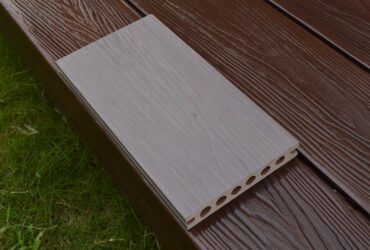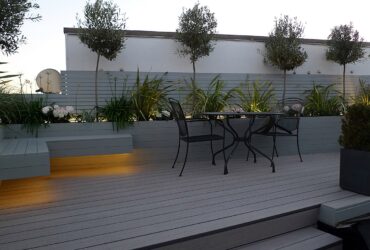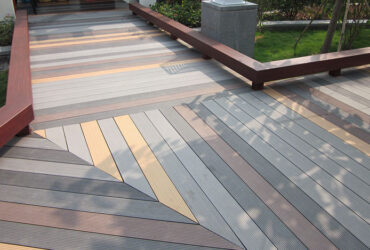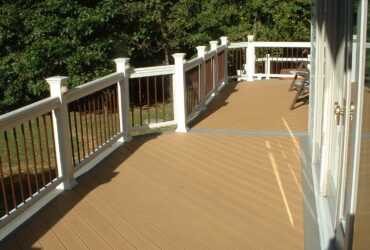Research on The Aging Resistance of Plastic-wood Composite Materials
Wood-plastic composite material is a composite material that uses wood fiber materials such as wood, bamboo, and grass as filling and reinforcing phases, melts and composites them with a thermoplastic matrix, and uses hot pressing, extrusion, injection and other molding processing methods. Plastic wood combines the dual advantages of wood fiber materials and polymer materials. It has better dimensional stability than wood, higher hardness than plastic, is not prone to cracking, warping, and deformation, and has the advantages of acid resistance, alkali resistance, and wear resistance. At present, plastic wood has been widely used in fields such as decoration, building materials, vehicle and ship interiors, sports equipment, 3D printing materials, packaging and transportation, showing good application prospects.Since plastic wood is mostly used outdoors, it is often affected by the comprehensive effects of water, heat, light, oxygen, microorganisms, acid-base environments and other factors during use.Plant fiber pyrolysis, thermoplastic plastic hydrolysis, surface cracks, fading, mechanical properties decline and other aging phenomena will occur, and the service life will be shortened, limiting the scope of its application fields. Therefore, the research on the aging mechanism and aging resistance of plastic wood is particularly important. From the perspective of aging degradation methods of plastic wood and improving the aging resistance and degradation performance of plastic wood, a systematic overview of the research on the aging mechanism and aging resistance of plastic wood is provided, in order to provide scientific basis for research in related fields.
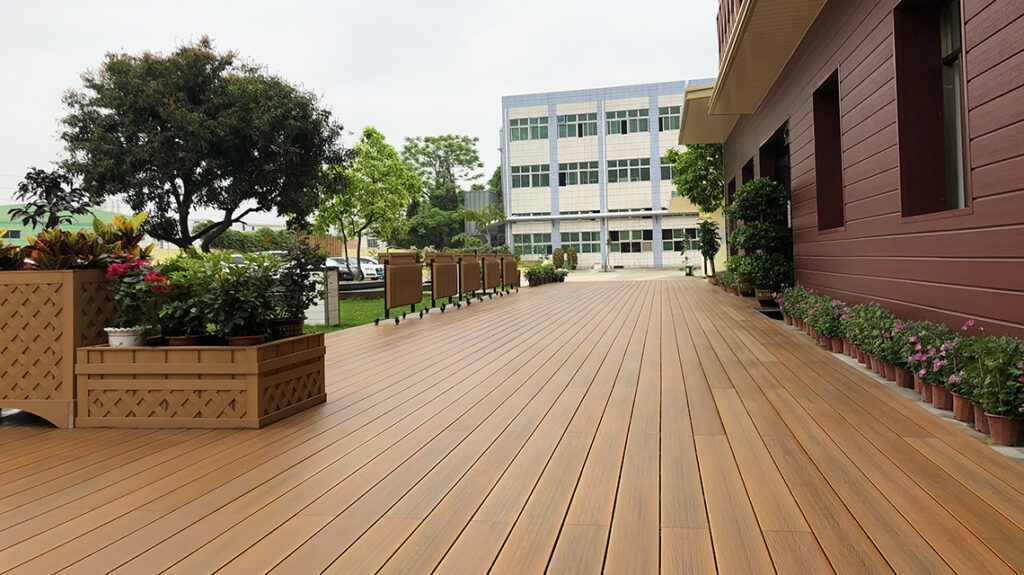
Many research results have been achieved at home and abroad in aspects such as plastic wood aging test methods, aging mechanism analysis, and aging resistance improvement. Aging test methods mainly include natural aging, moist heat aging, thermal oxygen aging, ultraviolet aging, solution aging, mildew, decay bacteria aging, and freeze-thaw cycle aging. The aging mechanism is mainly analyzed from three perspectives: wood fiber degradation, plastic degradation and hydrolysis, and interface damage. The improvement of aging resistance can be achieved through chemical additives, fillers, and improved molding processes. However, in-depth research remains to be done on the systematic analysis of the mechanism, the comprehensiveness of the testing methods, the synergy between aging-resistant additives, and the tracking testing of product aging performance. In the future, research can focus on the following four aspects:

1) Analysis of aging mechanism. At present, there is a lack of mutual confirmation between test methods in the analysis of the aging mechanism of plastic wood. In the future, attention should be paid to the systematic analysis of the aging mechanism of plastic wood from the perspective of mutual correlation between macro and micro properties.
2) Aging performance test. At present, the aging performance testing of plastic wood is not systematic and comprehensive enough. It is urgent to establish a systematic and comprehensive aging resistance test and evaluation method of plastic wood to systematically analyze the aging degradation mechanism.
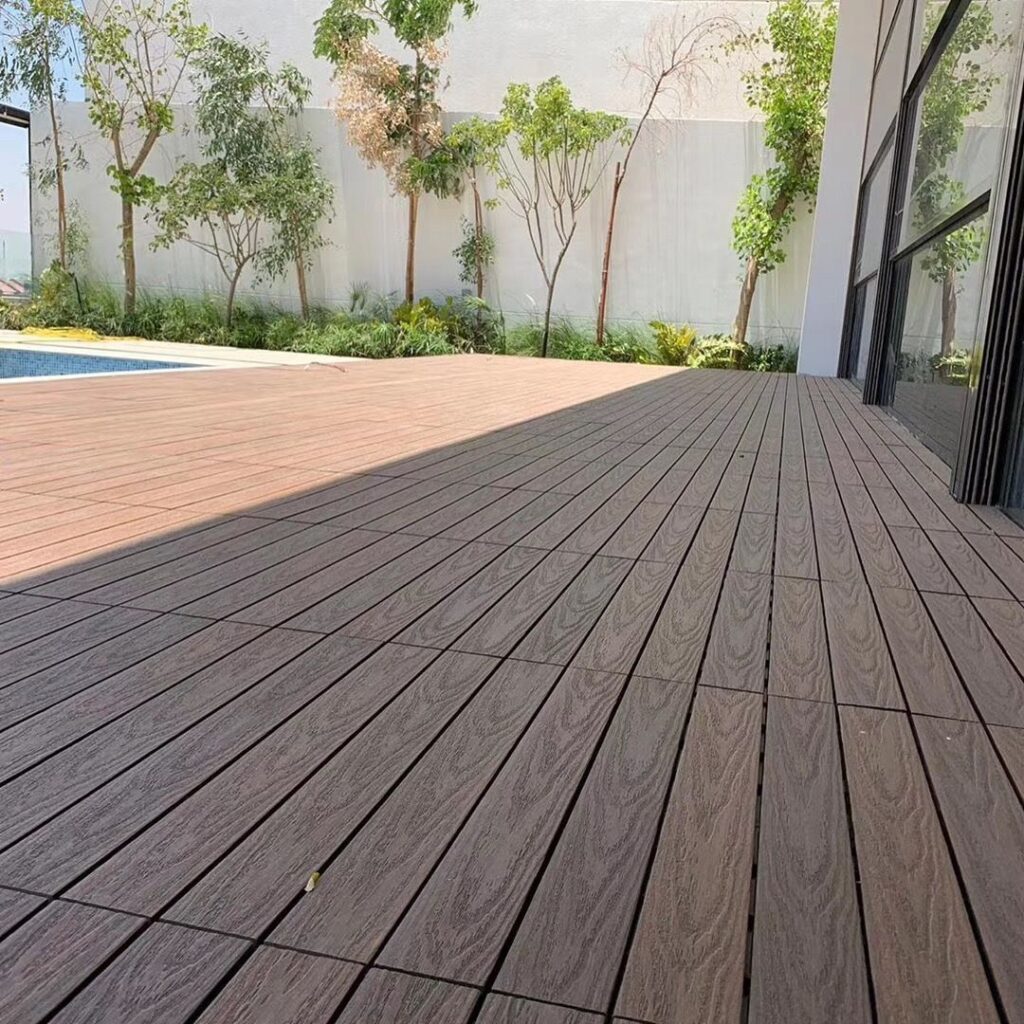
3) Selection of anti-aging additives.The addition of currently commonly used anti-aging additives fails to fully consider the synergistic or antagonistic effects between additives.It is necessary to carry out in-depth research on the synergistic effect of weather resistance additives and the aging resistance of composite materials after adding additives in a "one dose, multiple effects" method.
4) Product aging performance tracking test.At present, the testing cycle for the aging performance of plastic wood products is generally short, and there is a lack of tracking and testing research on the aging performance of plastic wood products throughout their life cycle.It is necessary to focus on building a plastic wood aging performance decay model and establish a long-term mechanism for product service life and performance prediction and monitoring.

